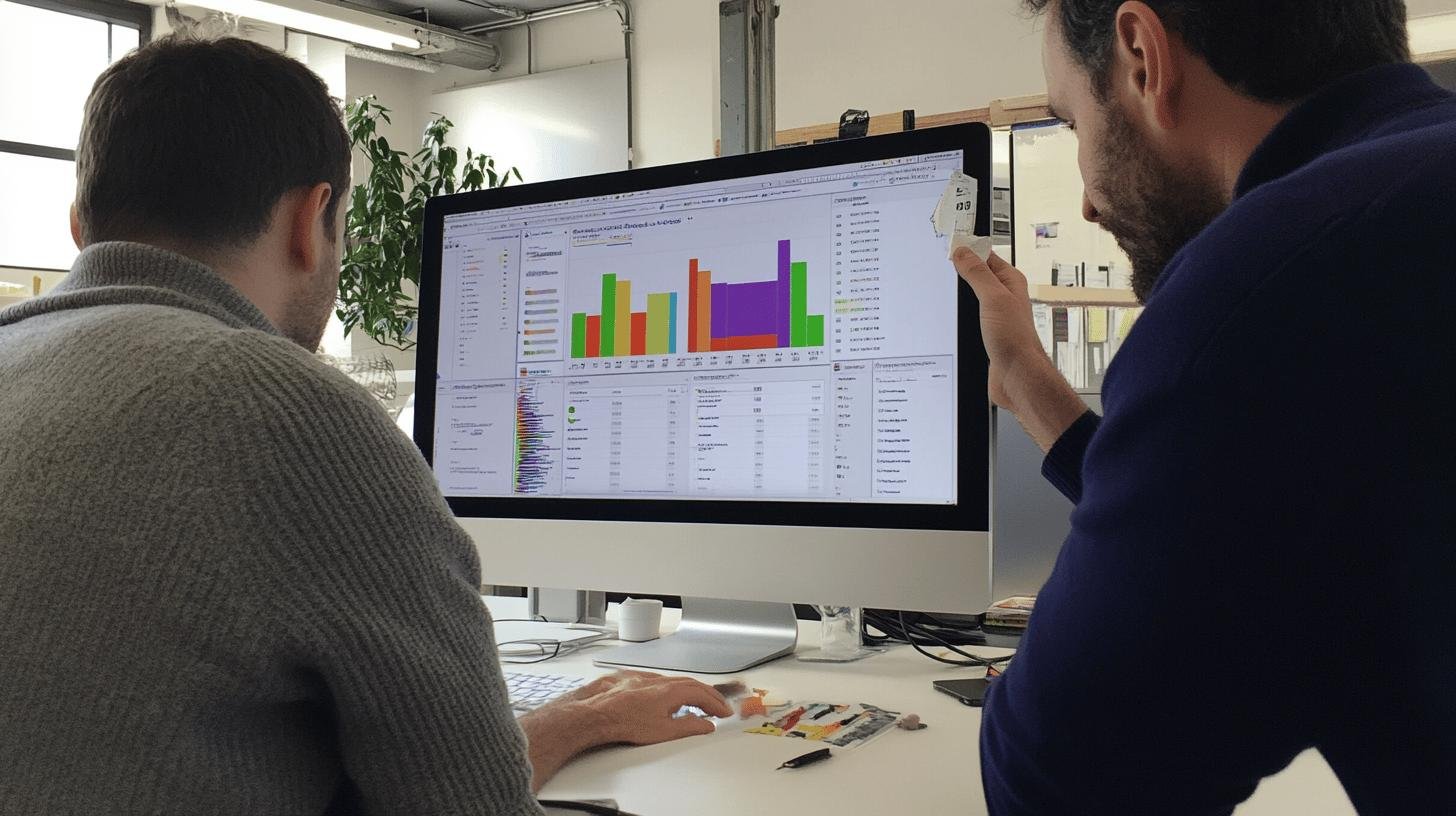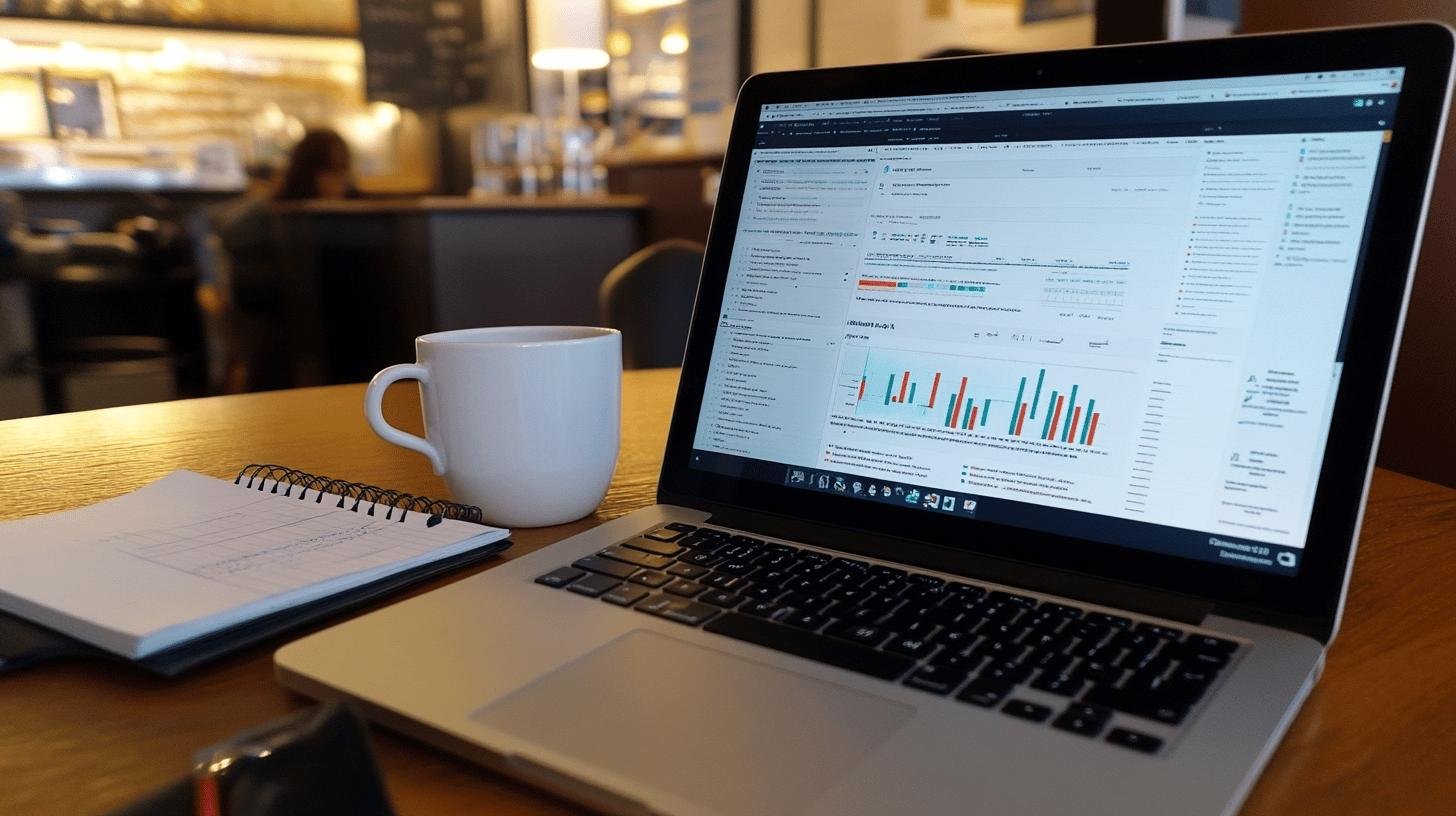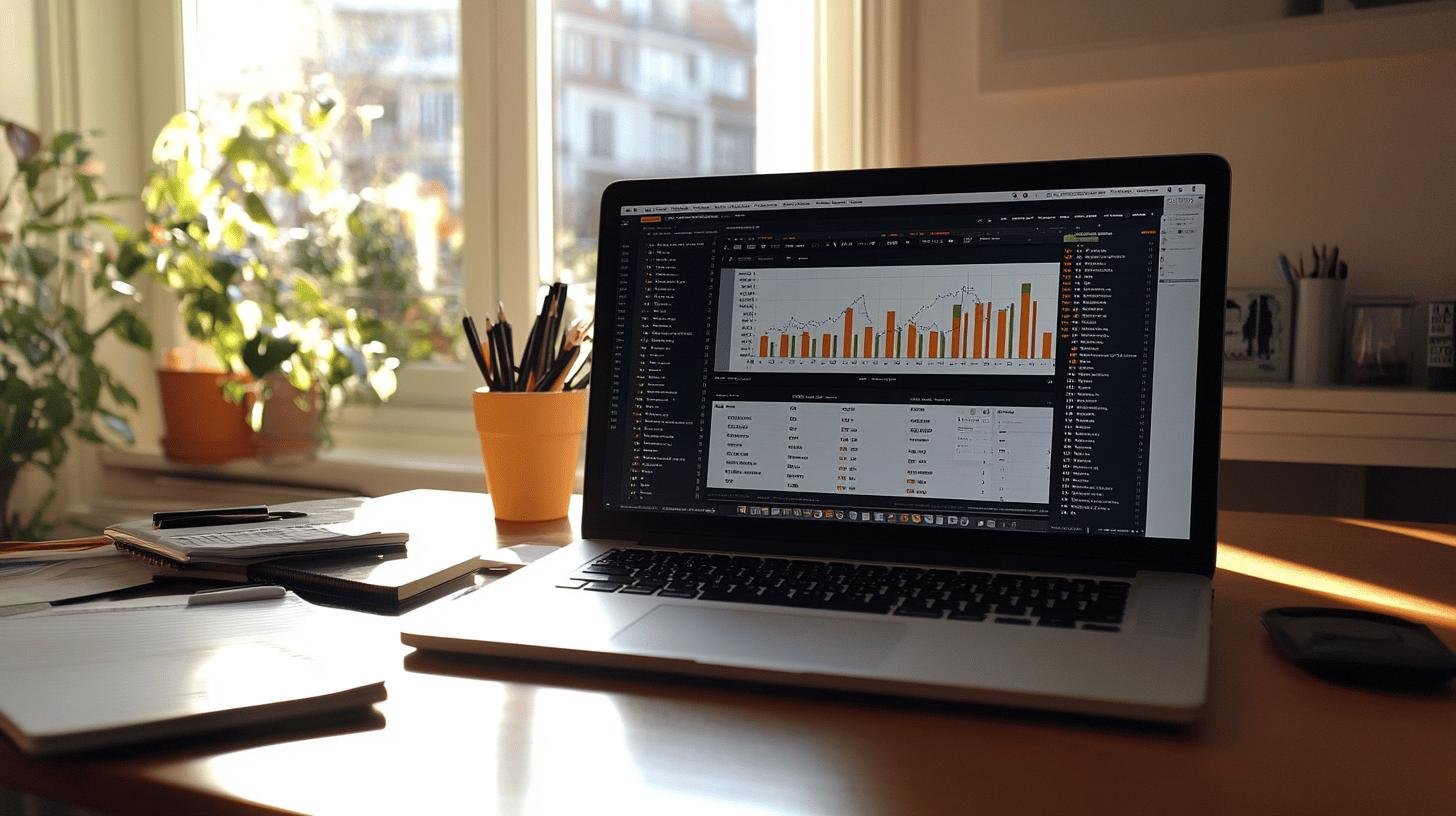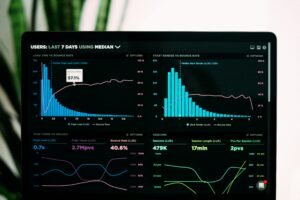Ever feel like you’re drowning in data but still unsure why your business isn’t hitting those targets? You’re not alone! Data analytics and BI are the secret sauces that can transform your sea of numbers into crystal-clear insights. Think of data analytics like a treasure map and BI as your compass—together, they help you navigate the wild seas of business strategy. Ready to turn those data waves into a smooth sailing success story? Grab your coffee, and let’s get to it!
Understanding Data Analytics
Data analytics is like being a detective for numbers, transforming messy data into clear, actionable insights. It involves collecting, cleaning, and organizing data, then using techniques like machine learning and automation to uncover patterns. Its importance spans fields—businesses use it to predict customer behavior and optimize operations, scientists analyze trends in large datasets, and governments enhance public services and policy-making. With data analytics, you can anticipate needs and make smarter decisions.
The data analytics market size was valued at USD 41.05 billion in 2022 and is projected to grow from USD 51.55 billion in 2023 to USD 279.31 billion by 2030. This growth means more jobs and innovations. So, if you love numbers and solving puzzles, data analytics might be the perfect field for you.
Exploring Business Intelligence (BI)

Business Intelligence, or BI, is all about using data to make smart business decisions. It’s like having a superpower that lets you see into the heart of your business operations. BI involves technologies, practices, and software that help collect, sort, analyze, integrate, and present data. This means turning raw data into reports, graphs, charts, dashboards, and maps that are easy to understand.
So, what’s the purpose of BI? It’s simple: to help businesses make informed decisions. Imagine being able to predict what products will be popular next season or knowing which marketing strategies will bring in the most customers. That’s the magic of BI!
Key Features of BI
- Data Mining: This is like digging for gold, but in data. It involves finding patterns and relationships in large sets of data.
- Data Visualization: Think of this as turning data into pictures. It helps people understand complex data through visual formats like charts and graphs.
- Predictive Analysis: This is where BI gets really cool. It uses data to predict future trends and behaviors, helping businesses plan ahead.
Benefits of BI
Using BI can transform a business. It helps in making data-driven decisions, which means relying on facts rather than guesses. This leads to more accurate forecasting, better customer insights, and improved operational efficiency. For example, a retail company might use BI to manage inventory better, ensuring popular items are always in stock. Or a healthcare provider might use BI to analyze patient data, improving treatment plans and outcomes.
Comparing Data Analytics and Business Intelligence
Business intelligence (BI) and data analytics might sound similar, but they have different roles. BI focuses on making data-driven decisions using historical and current data. It’s like looking in the rear-view mirror to understand past performance and make informed decisions. On the other hand, data analytics transforms raw data into meaningful information and is forward-looking. It’s like having a crystal ball to predict future trends and behaviors.
When it comes to data types, BI mainly deals with structured data. This data is organized and easy to search, like information in a spreadsheet. In contrast, data analytics can handle both structured and unstructured data. Unstructured data includes things like emails, social media posts, and videos—anything that doesn’t fit neatly into rows and columns. This flexibility allows data analysts to uncover valuable insights from a wider range of sources.
Here are the key differences between BI and data analytics:
- Historical data vs. Predictive analysis
- Structured data vs. Unstructured data
- Decision-making vs. Pattern discovery
- Non-technical users vs. Technical users
- Big picture vs. Specific insights
Popular Tools for Data Analytics and BI

Tableau and Microsoft Power BI are leading BI tools, each with unique strengths. Tableau is user-friendly and ideal for non-technical users, offering customizable dashboards for creative data visualization. Microsoft Power BI seamlessly integrates with Microsoft products like Excel and Azure and includes AutoML for machine learning, making it a powerful choice for businesses already in the Microsoft ecosystem.
For data analytics, Sisense and Google Looker Studio stand out. Sisense excels with interactive dashboards and smooth integration with multiple data sources, while Looker Studio specializes in analyzing Google data, including analytics and ads. Choosing the right tool depends on your needs—Tableau for simplicity, Power BI for Microsoft integration, Sisense for dynamic dashboards, or Looker Studio for Google-centric insights.
Real-World Applications of Data Analytics and BI
Business intelligence (BI) is transforming industries by enabling data-driven decision-making. In healthcare, BI helps monitor patient outcomes and streamline operations by analyzing data on treatment effectiveness and recovery rates. This empowers doctors and administrators to improve care while reducing costs. Similarly, in retail, BI supports inventory management and sales forecasting, allowing businesses to predict demand, avoid stock shortages, and enhance customer satisfaction.
In finance, BI is vital for risk management and fraud detection. By analyzing transaction data, financial institutions can identify suspicious activities, prevent fraud, and mitigate risks. Whether improving patient care, optimizing retail strategies, or enhancing financial security, BI serves as a powerful tool for smarter, more efficient operations across sectors.
Here are some other cool ways data analytics and BI are used across different industries:
- Customer behavior analysis in e-commerce
- Supply chain optimization in manufacturing
- Marketing campaign effectiveness
- Sentiment analysis in social media
The Future of Data Analytics and Business Intelligence

AI and machine learning are revolutionizing data analytics and BI, enabling businesses to uncover patterns and insights faster than ever. With machine learning, systems continually improve by learning from data, driving innovations across industries. Predictive analytics adds value by forecasting trends and customer behaviors using historical data, while augmented analytics automates complex tasks, allowing users to focus on strategic decisions.
Self-service BI is another transformative trend, empowering non-technical users to create reports and dashboards without IT assistance. By simplifying access to data and fostering user-friendly tools, self-service BI democratizes analytics, enabling more individuals across organizations to make informed, data-driven decisions efficiently.
Final Words
Looking into the world of data analytics and BI, we explored essential steps, industry importance, and market growth. We then unpacked business intelligence (BI), emphasizing how it enhances data-driven decisions through user-friendly tools.
Comparing data analytics and BI, we saw their unique roles in shaping the future. We also highlighted popular tools like Tableau and Power BI and their real-world applications in sectors like healthcare and retail.
The future looks bright with advancements in AI and self-service BI. Exciting times ahead for data analytics and BI!
FAQ
What are data analytics and BI?
Data analytics involves collecting, cleaning, and analyzing data to uncover patterns and trends. Business intelligence (BI) uses data to make informed business decisions through technologies and practices that enhance data collection, sorting, and analysis.
Is BI the same as a data analyst?
No, they are different. BI focuses on presenting data in user-friendly formats to support decision-making, while data analysts transform raw data into meaningful insights and are more focused on uncovering patterns and trends.
What is the difference between data analytics and BI?
Data analytics is a broad field that includes various techniques for analyzing data. Power BI is a specific BI tool by Microsoft that focuses on data visualization and integration with other Microsoft products.
What is the difference between data analytics and BI developers?
A data analyst analyzes raw data to provide insights, whereas a BI developer builds and maintains BI tools to collect, integrate, and present data for business decisions.




